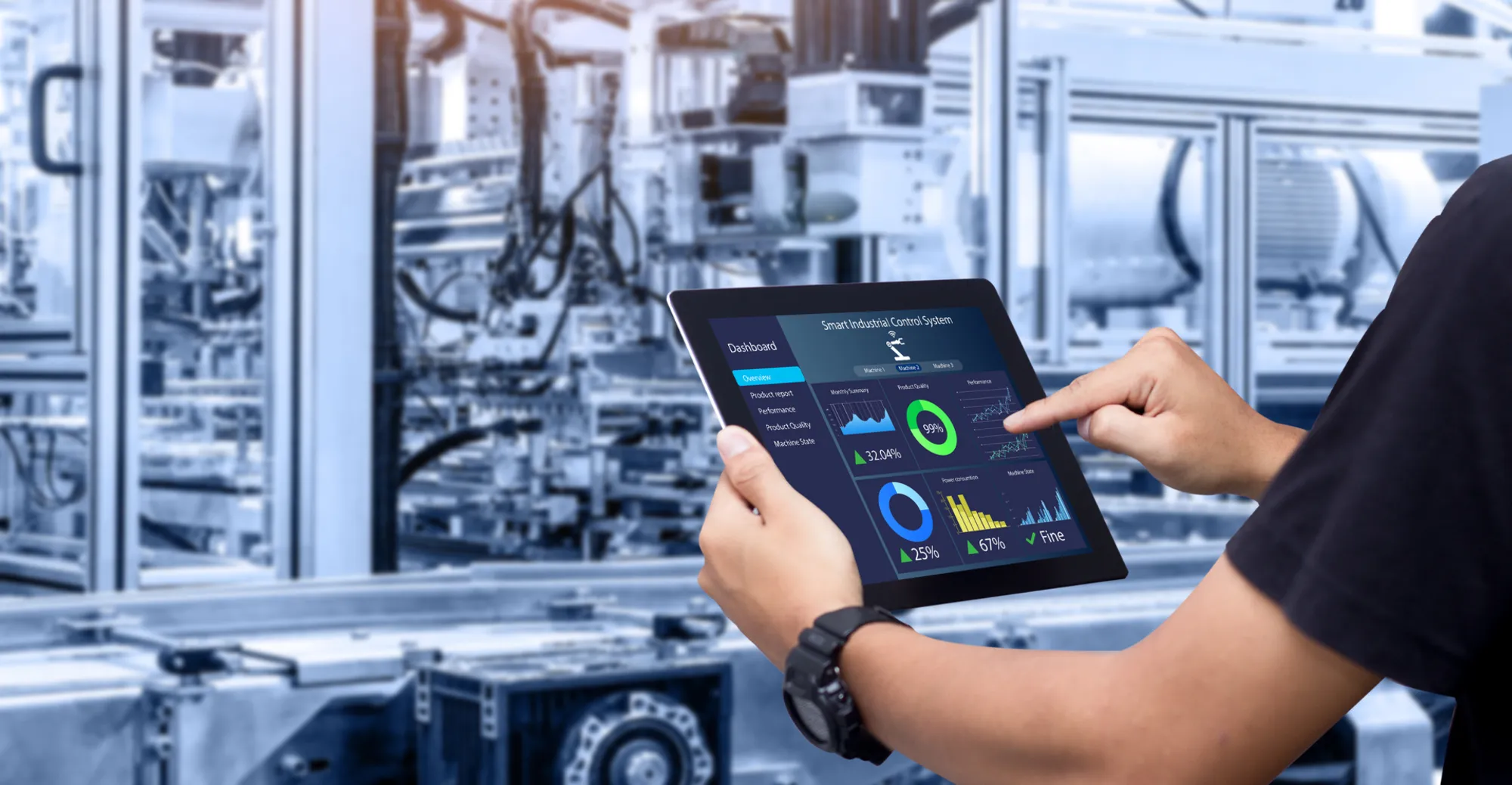
Sustainability: Energy management
Sustainability: Energy management
17/09/21
Most of the variety of measures that can be taken in relation to sustainability rely on hardware. One topic that we have yet to explore is the software side. Energy management through operating systems such as SCADA not only gives an insight into energy consumption – it is also capable of reducing the total energy use of your HVAC system. How this is done will be the subject of today’s blog.
Evolution of controlling systems
It’s not that long ago when houses had central heating systems equipped with a single analogue thermostat, placed in the living room. Temperatures had to be set manually and only one space (the living room) was leading.
Today, most houses have a smart thermostat that can be programmed for every separate day, and which displays the actual energy consumption. Your very own little energy management system. The same goes for operating the HVAC system on your vessel: whereas every cabin used to be set manually, nowadays everything is controlled centrally via iPad and other smart devices.
All of this results in lower energy costs. Below we discuss some of the features that an energy management system is capable of.
Eco mode
Whether it is known as night mode, hotel mode or harbour mode, the same principle applies. A selected group of cabins and/or spaces are switched to a setting which consumes less energy. Think of lower fan speeds and adjusted temperatures – i.e., all the parameters that contribute to an eco-friendlier setting.
Eco mode is especially welcome on larger vessels such as superyachts and cruise ships which have a multitude of cabins and areas. All or a select group can be switched to a less energy consuming setting with a single swipe/click.
CO2 sensors
A number of spaces and areas on vessels are filled with lots of people at given times such as restaurants on a cruise ship, recreation spaces on a ferry and mess halls. These rooms are often so large that they have their own air handling unit.
Large crowds need serious amounts of fresh air, the conditioning of which costs energy. As they are only temporarily occupied with people, integrating a CO2 detection system within these spaces helps ensure a more efficient use of fresh air.
The more people are gathered in a space, the higher the CO2 amount will be and the greater the volume of fresh air required. The signal is redirected to a system of valves which control the balance between fresh and recirculated air. This prevents unnecessary energy consumption in relation to fresh air generation.
Insight in energy consumption
Real-time feedback on energy consumption of the HVAC system depends entirely on how sophisticated the operating system is. There are a lot of possibilities such as the energy use of different components and having data logged into a SQL database and analysed for anomalies.
Intelligent VAV
This is a new kind of technology that detects when people are in a room and moves the conditioned air to that area. Using precision targeting, the system pinpoints and follows the people so that they walk in their own bubble of comfort.
Final thoughts
HVAC systems use conditioned air and cooling installations have chilled water flowing through the pipes. Energy management and operating systems run on a constant flow of information in the form of ones and zeroes that are streaming through fibre cables at enormous velocities.
The future is data driven. The more data available, the more accurate the system’s operation. Sensors, cables and communication equipment therefore need to be accurately set up for the best results.
That said, the interventions with an energy management system do not have to be extremely large to function optimally. Wireless connections and the internet of things offer more and more options.
Curious about the possibilities of energy management? Contact one of our engineers.